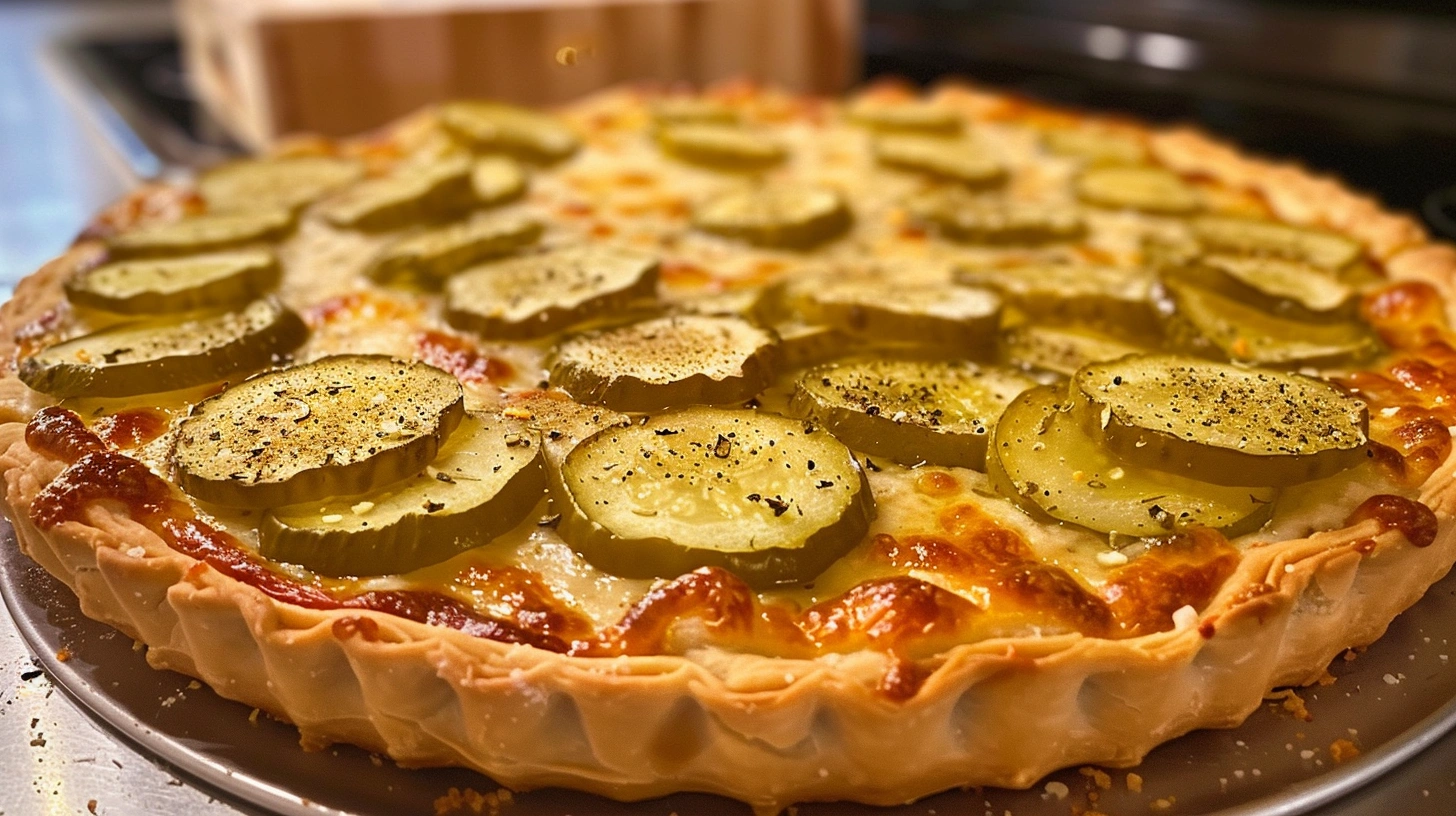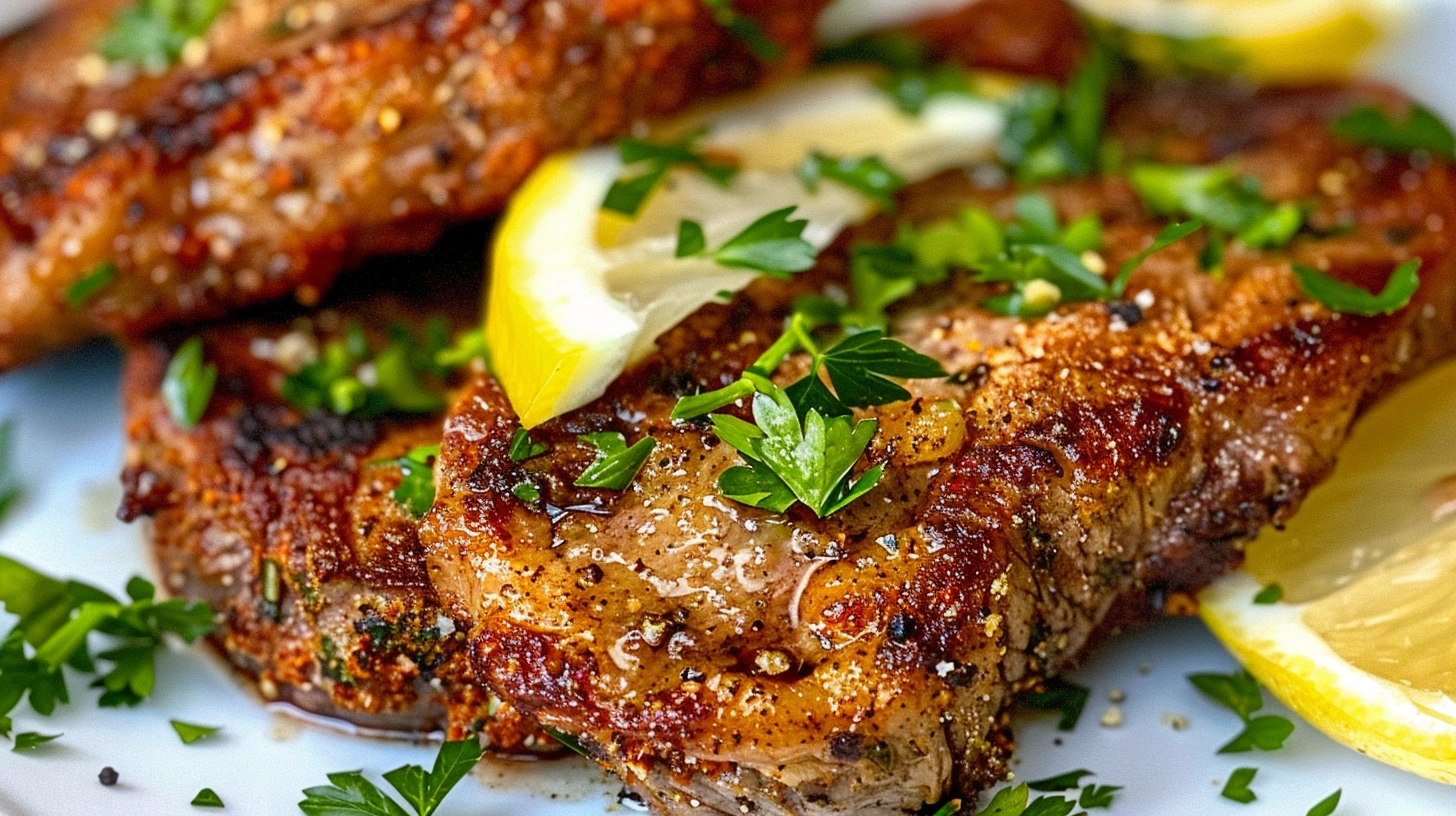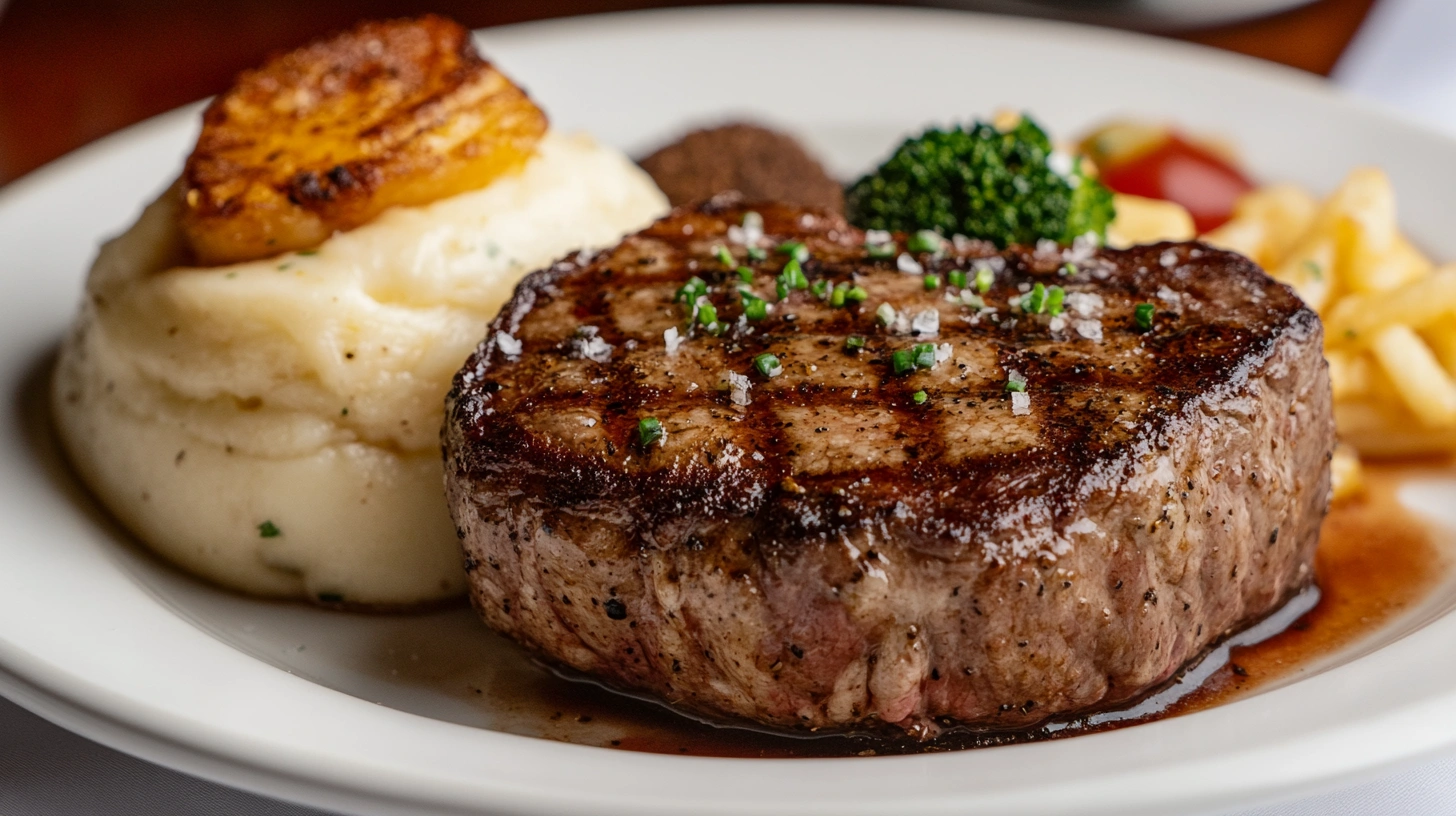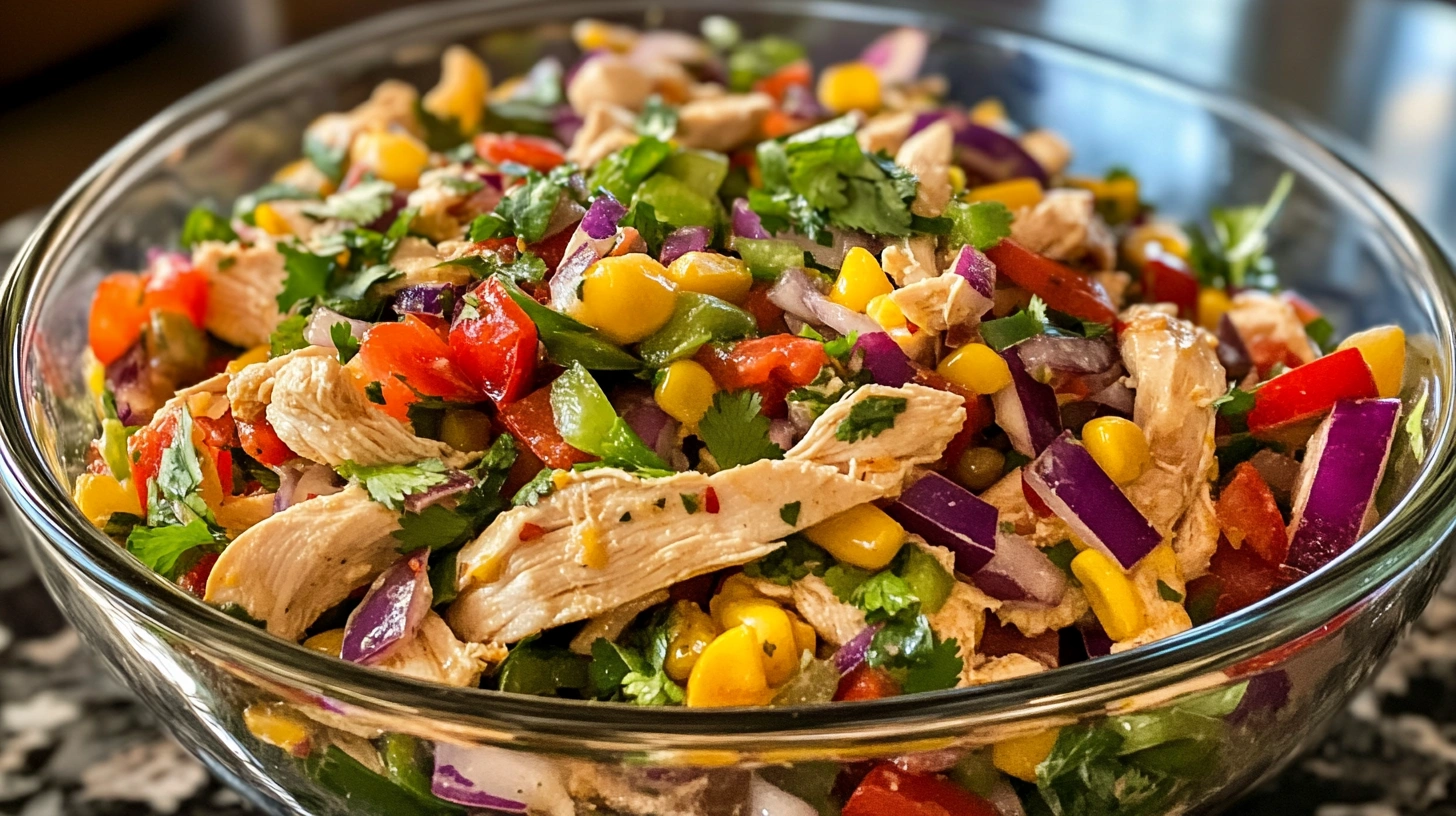I still remember the first time I savored tender beef cheek meat. It was a culinary epiphany. The rich flavors and velvety texture left a lasting impression.
Beef cheeks, a lesser-known cut, offer a world of culinary delights. When cooked to perfection, they become incredibly tender and juicy. This makes them a true gastronomic pleasure.
As we explore the world of beef cheek meat, you’ll discover the secrets to preparing this dish. You’ll also learn about its unique qualities and the experiences it offers.
Key Takeaways
- Beef cheek meat is a tender and juicy culinary delight.
- It’s a lesser-known cut that offers rich flavors and textures.
- Cooking beef cheeks requires patience, but the result is worth it.
- This dish is perfect for special occasions or a cozy dinner.
- Beef cheeks are a versatile ingredient for various recipes.
What Is Beef Cheek Meat?
If you’re wondering what beef cheek meat is, you’re not alone; it’s a culinary gem that’s worth getting to know. Beef cheek meat, also known as beef cheeks or beef jowl, comes from the facial muscles of cattle. It’s a cut that’s rich in flavor and history, making it a fascinating ingredient for home cooks and chefs alike.
Anatomy and Location on the Animal
Beef cheek meat is taken from the muscles used by the animal for chewing. These muscles are rich in connective tissue, which makes the meat particularly tender when cooked low and slow. The cheeks are located on either side of the cow’s face, and they are considered a delicacy in many cuisines around the world.
Why This Cut Is Special
The unique blend of meat and connect-ive tissue in beef cheeks makes them exceptionally flavorful and tender when cooked properly. This cut is perfect for slow-cooking methods, which break down the connective tissues and result in a melt-in-your-mouth texture.
How does it differ from other Cuts
Unlike other beef cuts, beef cheeks have a higher concentration of connective tissue, making them ideal for slow-cooking. This characteristic sets them apart from leaner cuts that are better suited for grilling or pan-frying.
Unique Characteristics of Beef Cheeks
Beef cheeks are known for their rich flavor and tender texture when cooked correctly. The following table highlights some key characteristics of beef cheek meat:
| Characteristic | Description | Cooking Method |
| Flavor Profile | Rich, beefy flavor | Slow-cooking |
| Texture | Tender and fall-apart | Braising or stewing |
| Nutritional Content | High in protein and collag-en | Slow-cooking |

The Rich Flavor Profile of Beef Cheek Meat
One of the standout features of beef cheek meat is its exceptionally rich flavor profile. This characteristic makes it a favorite among chefs and food enthusiasts alike.
Taste Characteristics
Beef cheeks are known for their deep, beefy flavor, which is enhanced by the slow cooking process. The meat absorbs the flavors of the seasonings and sauces it’s cooked with, resulting in a dish that’s both tender and flavorful.
Texture When Properly Cooked
When cooked properly, beef cheeks are tender and have a melt-in-your-mouth texture. This is due to the breakdown of the connective tissues during the slow cooking process.
Comparing to Other Slow-Cook Cuts
Compared to other slow-cook cuts, beef cheeks offer a unique texture that’s both tender and rich. They’re often compared to short ribs or brisket, but the texture of beef cheeks is distinctively more velvety.
The Melt-in-Your-Mouth Experience
The experience of eating properly cooked beef cheeks is truly delightful. The tender meat simply melts in your mouth, coating your palate with its rich flavor.

Nutritional Benefits of Beef Cheeks
Beef cheeks are a nutrient-dense food that offers a range of health benefits. They are rich in essential nutrients that are vital for maintaining overall health.
Protein Content and Essential Nutrients
Beef cheek meat is an excellent source of protein, which is crucial for muscle growth and repair. It is also rich in essential nutrients like iron, zinc, and B vitamins.
| Nutrient | Amount per 100g | Health Benefit |
| Protein | 25g | Muscle growth and repair |
| Iron | 3mg | Oxygen transport and energy production |
| Zinc | 4mg | Immune function and wound healing |
Collagen and Its Health Benefits
Beef cheeks are also rich in collagen, a protein that is beneficial for skin, hair, and joint health. Collagen can help improve skin elasticity and reduce the appearance of fine lines and wrinkles.

Selecting the Best Beef Cheek Meat
To make the most out of beef cheek recipes, it’s crucial to begin with high-quality beef cheeks. The process of selecting the best beef cheek meat involves several considerations.
What to Look for When Buying
When purchasing beef cheeks, it’s essential to evaluate both the freshness and the quality of the meat. Fresh beef cheeks should have a rich red color and a firm texture.
Fresh vs. Frozen Options
Both fresh and frozen beef cheeks can be of high quality. Fresh beef cheeks are ideal for immediate use, while frozen options offer flexibility for future meals. Correctly frozen beef cheeks can keep a lot of their original taste and texture.
Quality Indicators
Look for beef cheeks with a good marbling score, as this indicates tenderness and flavor. The meat should also be well-trimmed to minimize waste and ensure even cooking.
Where to Buy Beef Cheeks
Beef cheeks can be found at various retailers, each offering different advantages. Specialty butchers often carry high-quality beef cheeks and can provide valuable advice on selection and preparation.
Specialty Butchers vs. Supermarkets
Specialty butchers typically offer more personalized service and higher quality meat, while supermarkets provide convenience and a wider availability. Local butchers may also source their meat from local farms, supporting the local economy.
Online Sources
Online meat suppliers and butcher shops can be a convenient option for those who prefer shopping from home. They often provide detailed product descriptions and customer reviews to help with the selection process.
Preparing Beef Cheeks for Cooking
Preparing beef cheeks is a crucial step that ensures they turn out tender and flavorful. Before you start cooking, it’s essential to clean and trim the meat properly.
Cleaning and Trimming
To clean the beef cheeks, I gently remove any excess fat or connective tissue from the surface. Trimming is also important as it helps in achieving uniform cooking. Removing excess fat not only makes the dish healthier but also enhances the overall texture.
Marinating Techniques
Marinating is a great way to add flavor to beef cheeks. There are two primary methods: dry rubs and wet marinades.
Dry Rubs for Enhanced Flavor
A dry rub is a mixture of spices and herbs that is rubbed directly onto the meat. I find that using a dry rub with ingredients like paprika, garlic powder, and thyme can significantly enhance the flavor of beef cheeks.
Wet Marinades That Work Best
Wet marinades involve soaking the beef cheeks in a liquid mixture. A marinade with soy sauce, vinegar, and olive oil can add a rich, savory flavor.
By following these preparation steps, you can ensure that your beef cheeks are not only delicious but also tender and full of flavor.
Slow Cooked Beef Cheeks: Methods for Perfect Tenderness
I’ve found that slow cooking beef cheeks is a straightforward process that yields incredibly tender results when done correctly. The key to achieving this tenderness lies in the cooking method.
Braising Beef Cheeks to Perfection
Braising is a cooking technique that involves cooking the beef cheeks in liquid over low heat for an extended period. This method is ideal for beef cheeks as it breaks down the connective tissues, making the meat tender and flavorful.
Ideal Braising Liquids
The choice of braising liquid can significantly impact the flavor of the beef cheeks. Red wine, stock, and tomato
They are popular options that add depth and richness to the dish. You can also experiment with different combinations to find your favorite.
Temperature and Timing
To braise beef cheeks to perfection, it’s essential to maintain a low temperature and cook them for a sufficient amount of time. Typically, this involves cooking at 300°F (150°C) for 2-3 hours, or until the meat is tender and falls apart easily.
Using a Slow Cooker or Pressure Cooker
Using a slow cooker or pressure cooker can make beef cheeks tender and tasty. These tools are easy to use and cut down cooking time a lot.
Slow Cooker Settings and Times
When using a slow cooker, simply season the beef cheeks, add your choice of liquid, and cook on low for 8-10 hours or on high for 4-6 hours. This method is perfect for those who want to come home to a ready-to-eat meal.
Pressure Cooker Shortcuts
A pressure cooker can dramatically reduce the cooking time. By cooking the beef cheeks under pressure, you can achieve tender results in under an hour. This method is ideal for those short on time but still wanting to enjoy tender beef cheeks.
My Favorite Braised Beef Cheek Recipe
One of my favorite comfort foods is braised beef cheeks, and I’m excited to share my go-to recipe with you. This dish is perfect for special occasions or a cozy night in. The slow-cooked beef cheeks are tender, flavorful, and sure to impress.
Ingredients and Equipment
To make this delicious dish, you’ll need the following ingredients: 4 beef cheeks, 2 tablespoons of olive oil, 1 onion, 3 cloves of garlic, 1 cup of red wine, 1 cup of beef broth, 1 tablespoon of tomato paste, and fresh thyme. For equipment, a large Dutch oven or a heavy pot with a lid is essential for braising.
Step-by-Step Cooking Process
Start by seasoning the beef cheeks with salt and pepper. Heat the olive oil in your Dutch oven over medium-high heat and sear the beef cheeks until browned on all sides. Remove the beef cheeks and set them aside. Then, sauté the onion and garlic until softened. Add the red wine, beef broth, and tomato paste, scraping the bottom of the pot to release the browned bits. Return the beef cheeks to the pot, cover, and transfer to a preheated oven at 300°F. Let it braise for about 2.5 to 3 hours, or until the meat is tender.
Serving Suggestions
Once the beef cheeks are cooked, serve them with the rich braising liquid spooned over the top. Here are some ideas to enhance your dining experience:
Side Dishes That Complement
Consider serving the braised beef cheeks with creamy mashed potatoes, roasted root vegetables, or a simple green salad. These sides offer a nice contrast to the hearty, comforting beef cheeks.
Delicious Beef Cheek Recipes from Around the World
From Mexico to Italy and Asia, beef cheeks are transformed into mouth-watering recipes that showcase local flavors. This versatility makes beef cheeks a favorite among chefs and home cooks alike. Let’s explore some delicious beef cheek recipes from different parts of the world.
Mexican Barbacoa
Mexican Barbacoa is a traditional dish that involves slow-cooking beef cheeks over an open flame, typically in a pit. The result is tender, flavorful meat that’s often served with fresh tortillas, salsa, and lime. To make Barbacoa, you’ll need to marinate the beef cheeks in a mixture of spices, chilies, and vinegar before slow-cooking them until tender.
Italian Beef Cheek Ragu
Italian cuisine offers its own take on beef cheeks with the Beef Cheek Ragu, a hearty pasta sauce made by slow-cooking beef cheeks with tomatoes, onions, and herbs. This rich and flavorful sauce is perfect for serving with pappardelle or rigatoni. The slow-cooking process breaks down the connective tissues in the meat, making it tender and easily shredded.
Asian-Inspired Beef Cheek Dishes
Asian cuisine offers a variety of bold flavors and spices that complement the rich taste of beef cheeks. Two notable examples are Korean-Style Beef Cheeks and Chinese Red-Braised Beef Cheeks.
Korean-Style Beef Cheeks
Korean-Style Beef Cheeks are marinated in a sweet and spicy mixture of soy sauce, garlic, ginger, and gochujang before being slow-cooked to perfection. This dish is often served with steamed rice and kimchi for a balanced meal.
Chinese Red-Braised Beef Cheeks
Chinese Red-Braised Beef Cheeks are cooked in a savory mixture of soy sauce, Shaoxing wine, and spices, resulting in a deep red color and rich flavor. This dish is typically served with steamed bok choy or other Asian greens.
Here’s a comparison of cooking times and methods for these recipes:
| Recipe | Cooking Method | Cooking Time |
| Mexican Barbacoa | Slow-cooking over an open flame | 6-8 hours |
| Italian Beef Cheek Ragu | Braising on the stovetop or in the oven | 3-4 hours |
| Korean-Style Beef Cheeks | Slow-cooking in a crockpot or Instant Pot | 8-10 hours or 30 minutes |
| Chinese Red-Braised Beef Cheeks | Braising on the stovetop or in a wok | 2-3 hours |
Common Mistakes When Cooking Beef Cheeks
To unlock the full flavor and tenderness of beef cheeks, it’s crucial to steer clear of certain cooking mistakes. Cooking beef cheeks can be a bit tricky, but by being aware of the common pitfalls, you can achieve a deliciously tender dish.
Rushing the Cooking Process
One of the most significant mistakes when cooking beef cheeks is rushing the process. Beef cheeks are a tougher cut of meat that requires slow and gentle cooking to break down the connective tissues. Rushing this process can result in tough, chewy meat that’s far from appetizing.
Improper Seasoning and Preparation
Another critical aspect of cooking beef cheeks is proper seasoning and preparation. Improper seasoning can lead to a lackluster flavor, while inadequate preparation can affect the texture.
Over-seasoning Issues
Overseasoning is a common mistake that can overpower the delicate flavor of beef cheeks. It’s essential to balance the seasoning to enhance the natural taste without overwhelming it.
Under-seasoning Problems
Conversely, under-seasoning can result in a dish that’s bland and unappetizing. Finding the right balance is key to bringing out the best flavor in your beef cheeks.
Is Beef Cheek Tender or Tough? The Transformation
Beef cheeks, a cut often misunderstood, hold a secret to becoming incredibly tender with the right cooking techniques. The key to unlocking their full potential lies in understanding the science behind breaking down tough cuts and the importance of cooking duration.
The Science Behind Breaking Down Tough Cuts
Beef cheeks are considered a tough cut due to their high concentration of connective tissue, primarily collagen. Collagen is a protein that, when cooked low and slow, breaks down into gelatin, resulting in tender meat. This process is known as denaturation, where the collagen unwinds and becomes more palatable.
Cooking Duration for Maximum Tenderness
The cooking duration is crucial for achieving maximum tenderness in beef cheeks. A longer cooking time at a low temperature helps to break down the connective tissues effectively. Here’s a general guideline for cooking beef cheeks:
| Cooking Method | Cooking Time | Tenderness Level |
| Braising | 2-3 hours | Very Tender |
| Slow Cooking | 8-10 hours | Extremely Tender |
| Pressure Cooking | 1-2 hours | Tender |
By understanding the science behind cooking beef cheeks and adjusting the cooking duration accordingly, you can transform this potentially tough cut into a tender and delicious dish.
What Is a Good Substitute for Beef Cheeks?
If you’re looking for alternatives to beef cheeks, several options can provide similar tenderness and flavor. Beef cheeks are prized for their rich flavor and tender texture when cooked low and slow, but other cuts can offer comparable qualities.
Similar Cuts with Comparable Cooking Properties
When substituting beef cheeks, it’s essential to choose cuts that have similar cooking properties. Cuts that are tough and have a lot of connective tissue are ideal because they become tender with slow cooking.
Short Ribs as an Alternative
Short ribs are an excellent substitute for beef cheeks. They have a similar texture and flavor profile, making them perfect for slow-cooked dishes. Short ribs are also rich in connective tissue, which breaks down during cooking to create a tender, fall-off-the-bone texture.
Oxtail and Other Options
Oxtail is another cut that can be used as a substitute. Like beef cheeks, oxtail is rich in collagen, which makes it tender and flavorful when cooked slowly. Other options include beef brisket and chuck roast, though they may require slightly different cooking times.
Adjusting Recipes When Using Substitutes
When using substitutes for beef cheeks, it’s crucial to adjust the recipe accordingly. Cooking times may vary depending on the cut of meat, so it’s essential to monitor the tenderness and adjust the cooking time as needed. Additionally, seasoning may need to be adjusted based on the natural flavor of the substitute cut.
FAQ
What is beef cheek meat?
Beef cheek meat, also known as beef cheeks, is a cut of beef taken from the facial muscles of a cow. It’s a flavorful and tender cut when cooked properly.
Is beef cheek tender or tough?
Beef cheek can be tough if not cooked correctly, but with slow cooking, it becomes tender and falls apart easily.
What is another name for beef cheek meat?
Beef cheek meat is sometimes referred to simply as “beef cheeks” or “braised beef cheeks” due to its common cooking method.
What is beef cheek meat good for?
Beef cheek meat is ideal for slow-cooked dishes, such as braises and stews, where its rich flavor and tender texture can be fully appreciated.
Where can I buy beef cheeks?
You can find beef cheeks at specialty butchers, some supermarkets, and online meat suppliers.
What should I look for when buying beef cheeks?
When purchasing beef cheeks, look for freshness, quality, and a good balance of meat and fat for optimal flavor and tenderness.
Can I use frozen beef cheeks?
Yes, frozen beef cheeks can be just as good as fresh if thawed and cooked properly.
How do I cook beef cheeks to achieve tenderness?
Cooking beef cheeks low and slow, either by braising or using a slow cooker or pressure cooker, will result in tender and flavorful meat.
What is a good substitute for beef cheeks?
Short ribs, oxtail, and other tough cuts that become tender with slow cooking can be good substitutes for beef cheeks.
How do I adjust recipes when using substitutes for beef cheeks?
When using substitutes, adjust cooking times and possibly the amount of liquid, depending on the cut’s size and fat content.
Conclusion
As we conclude our journey into the world of beef cheek meat, it’s clear that this ingredient is a true culinary delight. With its rich flavor profile and tender texture when cooked properly, beef cheek meat offers a unique dining experience.
Throughout this article, we’ve explored the various aspects of beef cheek meat, from its nutritional benefits to its versatility in different recipes. Whether you’re braising it to perfection or using a slow cooker, the result is always a tender and flavorful dish.
I encourage you to experiment with beef cheek meat in your own kitchen, trying out different marinades and cooking techniques to find your favorite way to prepare this culinary delight. As you incorporate beef cheek meat into your repertoire, you’ll discover the joy of cooking with a cut that’s both nourishing and delicious.
Looking for more delicious recipes? Check out these amazing collections:
➡Get inspiration from Pinterest to find other delicious dishes to serve with your meal.
➡ Keep an eye on Hyper Recipes’ Facebook for the latest recipes, cooking tips, and meal suggestions.
Related Recipes You Might Love
Want to explore more side dishes? Check out these delicious recipes:
- cowboy butter for steak –A creamy and delicious classic that goes well with every meal.
- Tender Korean beef ribs: Juicy, flavorful short ribs marinated in a savory-sweet Korean sauce, then slow-cooked or grilled until fall-off-the-bone tender.
- Beef Bourguignon – A classic French stew made with tender beef, red wine, mushrooms, and herbs, slow-cooked to rich, hearty perfection.
- Italian Beef – A Chicago Classic Packed with Bold, Savory Flavor
- Cowboy cut steak – A hearty and satisfying meal with a rustic touch.
For more homemade meal ideas, visit Hyper Recipes and explore a variety of
Print
How to Prepare Beef Cheek Meat for Mouthwatering Results
These Barbacoa-Style Beef Cheeks are melt-in-your-mouth tender, slow-cooked to perfection, and packed with bold, smoky, and savory Mexican flavors. Ideal for tacos, burritos, or bowls, this dish turns an underrated cut into a rich and satisfying meal. The slow cooking process infuses the meat with spices, chipotle, and lime, creating an irresistible combination that’s perfect for weeknight dinners or meal prep.
- Total Time: 4 hours 15 minutes
- Yield: About 6 cups shredded beef
Ingredients
-
2.5 lbs beef cheek meat, trimmed
-
2 tablespoons olive oil
-
1 large white onion, chopped
-
4 cloves garlic, minced
-
2 chipotle peppers in adobo sauce, chopped
-
1 tablespoon adobo sauce (from the chipotle can)
-
1 tablespoon ground cumin
-
1 tablespoon dried oregano
-
1 teaspoon smoked paprika
-
1/2 teaspoon ground cloves
-
2 bay leaves
-
Juice of 2 limes
-
1/4 cup apple cider vinegar
-
1/2 cup beef broth
-
Salt and pepper, to taste
Instructions
-
Pat the beef cheek meat dry and season generously with salt and pepper.
-
In a large skillet or Dutch oven, heat olive oil over medium-high heat. Sear the beef cheeks on all sides until browned. Remove and set aside.
-
In the same pan, add chopped onion and cook until softened, about 3-4 minutes. Add garlic and cook for another minute.
-
Stir in chipotle peppers, adobo sauce, cumin, oregano, paprika, and cloves. Cook for 1 minute until fragrant.
-
Add the beef cheeks back into the pot. Pour in lime juice, apple cider vinegar, and beef broth. Add bay leaves.
-
Cover and simmer on low for 3.5 to 4 hours, or until the beef cheeks are fork-tender and can be easily shredded. (Alternatively, transfer everything to a slow cooker and cook on low for 8 hours.)
-
Remove bay leaves and shred the meat with forks. Mix it back into the juices for extra flavor.
-
Serve hot in tacos, burrito bowls, or over rice with your favorite toppings.
Notes
-
For a spicier version, add an extra chipotle pepper or a splash of hot sauce.
-
This recipe freezes well—perfect for make-ahead meals!
-
Serve with pickled red onions, guacamole, or queso fresco for an authentic touch.
- Prep Time: 15 minutes
- Cook Time: 4 hours
- Category: Main Course
- Method: Slow Cooking
- Cuisine: Mexican
Nutrition
- Serving Size: 1 cup
- Calories: 410
- Sugar: 1g
- Sodium: 450mg
- Fat: 28g
- Saturated Fat: 11g
- Unsaturated Fat: 15g
- Trans Fat: 0g
- Carbohydrates: 4g
- Fiber: 1g
- Protein: 35g
- Cholesterol: 115mg
Keywords: beef cheeks, barbacoa, shredded beef, Mexican beef, taco meat, slow cooker barbacoa, beef cheek recipe







